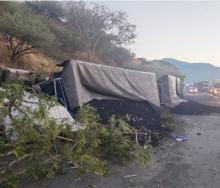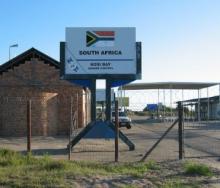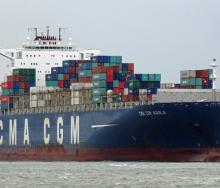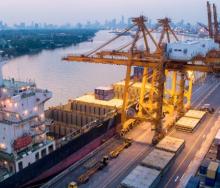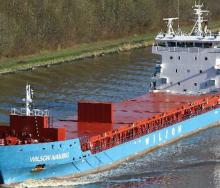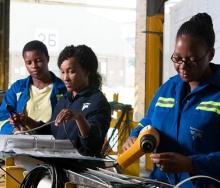Iron and steel
safeguard
In the Government Gazette of
24 March the International
Trade Administration
Commission of South Africa
(Itac) announced the initiation
of an investigation into
remedial action in the form
of a safeguard against the
increased imports of certain
flat rolled products of iron,
non-alloy steel or other alloy
steel (not including stainless
steel), whether or not in
coils (including products
cut-to-length and ‘narrow
strip’), not further worked
than hot-rolled (hot-rolled
flat), not clad, plated or
coated, excluding grainoriented
silicon electrical
steel, classifiable under
tariff subheadings 7208.10,
7208.25, 7208.26, 7208.27,
7208.36, 7208.37, 7208.38,
7208.39, 7208.40, 7208.51,
7208.52, 7208.53, 7208.54,
7208.90, 7211.14, 7211.19,
7225.30 7225.40, 7225.99,
7226.91 and 7226.99.
The application was lodged
by South African Iron &
Steel Institute (SAISI), an
industry body, on behalf of its
members.
The period of investigation
for data evaluation for the
purposes of determining
the allegation of serious
injury is 01 January 2012
to 31 December 2014 plus
an additional seven months’
information for 2012 to 2015
(01 January to 31 July).
The injury analysis relates
to information submitted by
ArcelorMittal South Africa
Limited (AMSA), a member of
SAISI, with a collective output
of like or directly competitive
products constituting a major
proportion (approximately
more than 70%) of the total
domestic production of those
products.
According to the notice,
SAISI submitted that a
confluence of events formed
the basis of the unforeseen
development that supported
this application. That is,
ultimately the considerable
oversupply of steel, and
specifically the subject
products, in the world today
causing a surge in the volumes
of imports into the Southern
African Customs Union
(Sacu).
SAISI contends, amongst
other things, that during
the Uruguay Round of
negotiations, South Africa
did not foresee the following
events: (i) The unprecedented
steep rate of increase in steel
production capacity over the
ensuing two decades; (ii) The
significant market downturns
in emerging economies and
the resultant contraction of
demand for steel; (iii) Record
export volumes by countries
with excess capacity, fuelled
by excess steel supply; (iv)
Given the global nature of the
steel industry, excess capacity
in one region can potentially
displace production in
other regions, thus harming
producers in those markets;
(v) Recent trade measures by
those countries are a result
of all of the above-named
unforeseen developments, and
the fact that their markets
are now protected contracts
the global demand for steel
even further, exacerbating
the problem of increased
imports into the Sacu; (vi)
The oversupply of steel has
led to a deterioration in
the financial situation of
steelmakers globally and also
the Sacu. The excess capacity
is considered as one of the
main challenges facing the
global steel sector today; and
(vii) Despite slowing demand,
growth and the existing excess
capacity, there are several new
investment projects under
way and planned, expected
to lead to further increases of
imports.
Comment is due by
13 April 2016.
DUTY CALLS
01 Apr 2016 - by Riaan de Lange
0 Comments
FTW - 1 Apr 16
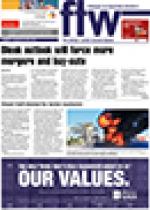
01 Apr 2016
01 Apr 2016
01 Apr 2016
01 Apr 2016
01 Apr 2016
01 Apr 2016
01 Apr 2016
01 Apr 2016
01 Apr 2016
Border Beat
Poll
Featured Jobs
New
New
New


